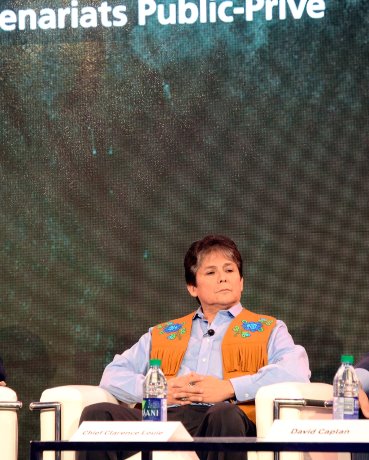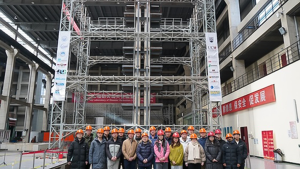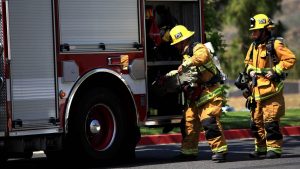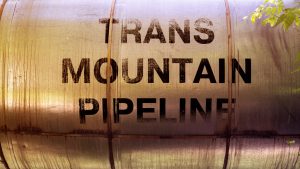Chief Clarence Louie of the Osoyoos Indian Band in British Columbia made a telling point recently, stating while most Canadians are calling for upgrades to aging infrastructure, First Nations just want infrastructure in the first place. Louie recently spoke about the progress that’s being made by First Nations communities when it comes to embarking on projects with the private sector.
"How do you know that you’re on an Indian reserve in this country? It’s where the pavement ends," he said during a panel discussion on Checking the Canadian P3 Pulse at the Canadian Council for Public-Private Partnerships (CCPPP) annual conference. "First Nations wish we had roads and clean water to drink and the infrastructure that other Canadians just take for granted." Louie, however, was quick to point out that First Nations are beginning to take matters into their own hands by interacting with private sector companies that may want to embark on public-private partnerships (P3s) in these communities.
"First Nations are going to become part of the economy in this country. There’s going to be some major, major projects done on First Nations reserves in the next decade," he said. "We have to become business-minded. It’s the economic horse that pulls the social cart. Too many of my people are trying to put the cart before the horse."
His community is part of a P3 project that’s comprised of building the new Okanagan Correctional Centre. With the construction cost of the project coming in around $200 million, the centre is made up of 378 high-security inmate cells that are organized within 10 living units. The 36-acre site is located seven kilometres north of Oliver, B.C., on Highway 97 in the Senkulmen Business Park, which is owned by the Osoyoos Indian Band. The Okanagan Correctional Centre project is a partnership of the government of B.C., the Osoyoos Indian Band and a private-sector consortium led by Plenary Justice. It is slated for completion in 2016.
"I think the project done on Osoyoos is the first of its kind in the country," Louie stated. "I dare say, it’s one of the first P3 projects done on any of the 2,000 Indian reserves in this country. I didn’t know what a P3 was before this. The contacts we’ve made over this project with the construction companies and all the spin off from that is huge for our community."
Former interim leader of the Liberal Party of Canada, Bob Rae, who provided a keynote address at the conference, also highlighted the need for the private sector to reach out to First Nations communities.
"We cannot solve the water question on reserves in the country without public-private partnerships. We’ll be waiting for governments to say you’re next. There are First Nations that are told, you’re on a list, but you’re not going to get it done for a decade," he said. "That means for that extra period of time, that whole community is going without clean running water. The only way this is going to be fixed is if we create new partnerships." Rae, who is known as a strong advocate for First Nations, stated progress is being made.
"Everywhere across the country, there are very exciting partnerships being established between First Nations and companies. It’s a key part of the development," he said. "There’s a lot of flexibility, there’s a lot of innovation. There’s a lot greater benefit to the First Nations. There are huge incentives to doing it rather than waiting for government to do it."
JP Gladu, president and CEO of the Canadian Council for Aboriginal Business, who also took part in a panel at the conference, added there are other factors to consider. "When we’re looking through the lens of some of the challenges, some of it has to do with the capacity of the community to participate, not only financially but also having a spotless balance sheet," he said "We talked about scale of projects. We recognize that there’s a certain dollar amount associated with P3 projects that we need to hit in order to make them feasible." Both Louie and Gladu emphasized the importance of getting to know First Nations communities and realizing the opportunities that exist.
"I think there’s misconceptions about who we are as people … but there are also a lot of incredible strengths," Gladu said. "There are a lot of great aboriginal businesses across the country that can participate in supporting P3 projects and leaders that are becoming ready. At the end of the day, it’s down to rebuilding the relationships in this country." Louie also provided words of advice to both First Nations and the private sector.
"My message to First Nations is we have to get involved with the private sector. We should be hanging around with business people," he stated. "For those contractors that are in the room, there’s over 2,000 Indian reserves in this country. There’s going to be a lot of infrastructure projects coming down the line and with so many First Nations now realizing they have to get the economic horse up and running again, there’s going to be a lot of business opportunities." The CCPPP conference was held earlier this month.











Recent Comments
comments for this post are closed